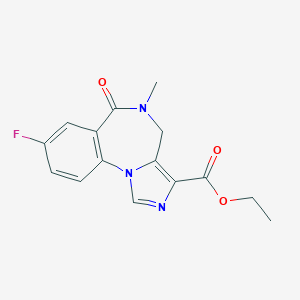Reversal of benzodiazepine-induced sedation
Adult: Anaesth: Initially, 200 mcg via IV inj over 15 seconds. A 2nd dose of 100 mcg can be given if desired degree of consciousness is not obtained w/in 60 seconds. May be repeated at 60-sec intervals if necessary. Usual dose: 300-600 mcg. Max: 1,000 mcg. Intensive care: Initially, 300 mcg via IV inj over 15 sec. A repeat dose of 100 mcg may be administered if desired degree of consciousness is not obtained w/in 60 sec. May be repeated at 60-intervals if necessary. Max: 2,000 mcg. If drowsiness recurs, admin a 2nd dose via IV infusion of 100-400 mcg/hour. Adjust rate of infusion according to desired the level of consciousness.
Child: >1 year Initially, 10 mcg/kg (up to 200 mcg) via IV inj over 15 seconds. Repeat at 60-sec intervals if desired level of consciousness is not obtained after 45 sec. Max: 50 mcg/kg or 1,000 mcg, whichever is lower. Dose is individualised based on patient's response.
Child: >1 year Initially, 10 mcg/kg (up to 200 mcg) via IV inj over 15 seconds. Repeat at 60-sec intervals if desired level of consciousness is not obtained after 45 sec. Max: 50 mcg/kg or 1,000 mcg, whichever is lower. Dose is individualised based on patient's response.
Intravenous
Benzodiazepine overdose
Adult: Initially, 200 mcg via IV inj over 30 seconds, may give additional 300 mcg after 30 seconds, followed by 500 mcg at 60-second intervals if required. Max: 3,000 mcg or 5,000 mcg. Alternatively, may be given via IV infusion at a rate of 100-500 mcg/hr, adjusted according to response. If symptoms of intoxication recur, may repeat doses at 20-minute intervals but doses should not exceed 1,000 mcg/dose (given as 500 mcg/min) and 3,000 mcg/hr.




 Sign Out
Sign Out




